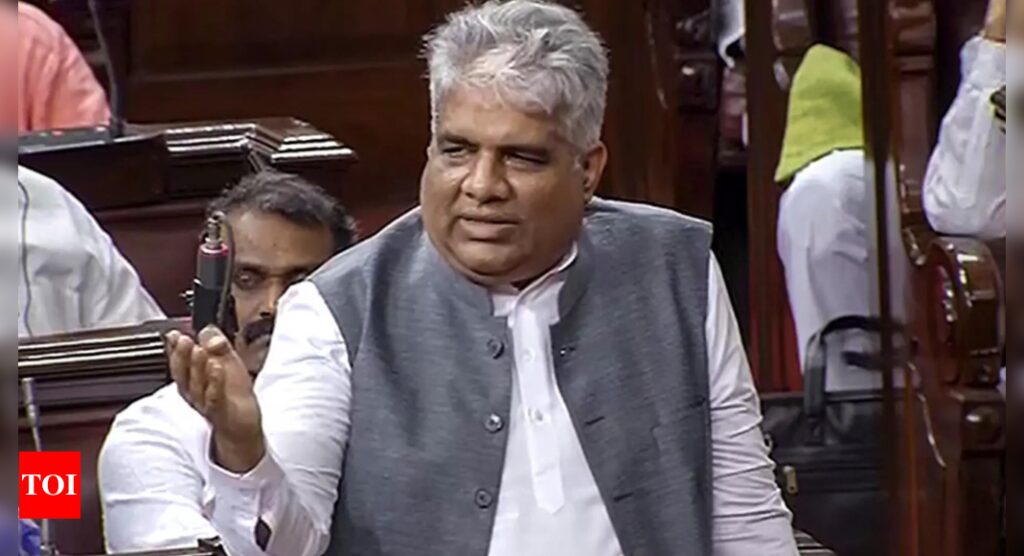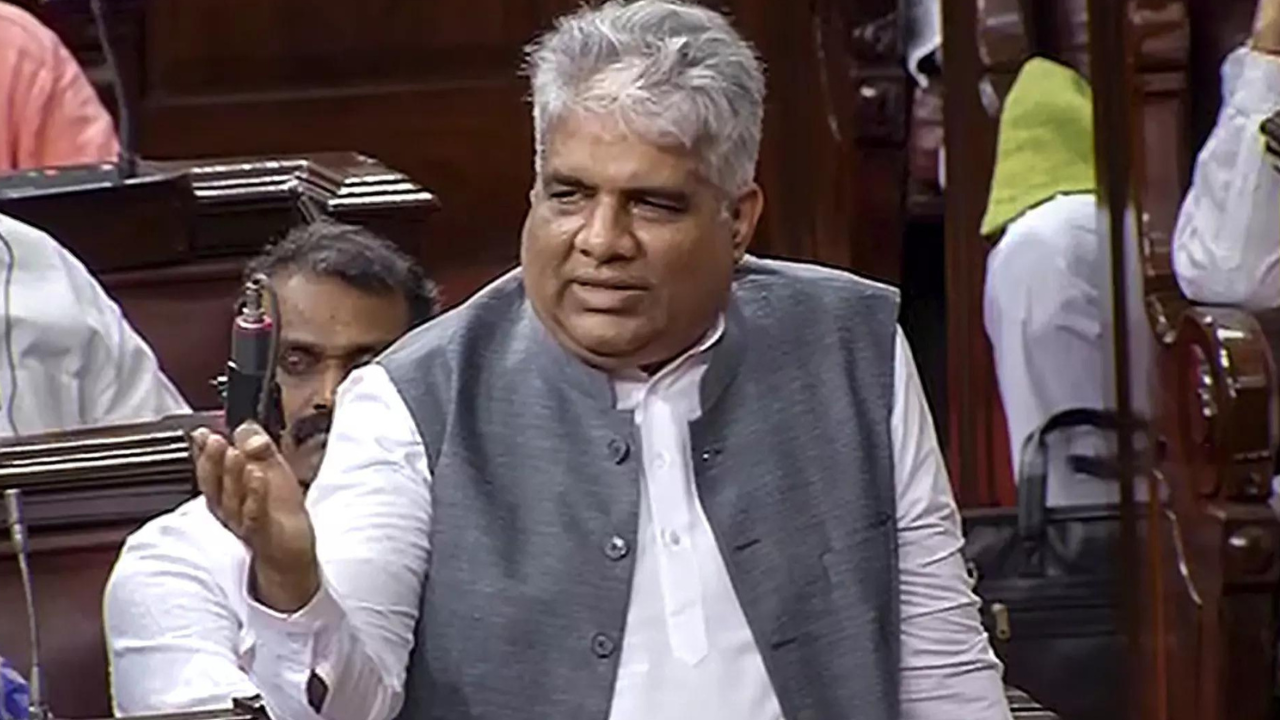[ad_1]
NEW DELHI: A week after notifying the Green Credit Programme (GCP) for promoting environment-friendly practices across the country, the environment ministry has come out with two separate draft methodologies for generating such credits through water harvesting and tree plantation projects in different states/UTs, and buying/ selling it through a centrally-managed dedicated platform.
The ministry in its drafts, released last week seeking suggestions or objections from stakeholders, lists state/district-wise appropriate water conservation/ harvesting structures like earthen ponds and poly tanks, and tree/ horticulture species which can be picked up for actions by individuals/ cooperatives or urban/rural local bodies.
Their actions will generate green credits (GCs) through specified calculations based on a physical verification process. For example, 100 GCs will be distributed to eligible applicants for 10 years for 100 trees. “Plantation of minimum 100 trees will be required for qualifying under tree plantation based Green Credit,” said the draft on tree plantation projects, noting that minimum 100 trees per hectare and maximum 1,000 trees per hectare will be required to be planted.
Similarly for generating green credits (GCs) for water harvesting structures based on site location, the minimum size/storage capacity of water conservation/harvesting structures will be 100 cubic metre or 1 lakh litre and maximum size of 10,000 cubic metre. Individuals/entities can get 75 GCs per 100 cubic metre after completion of specified number of years.
The GCP is an innovative market-based mechanism designed to incentivise voluntary environmental actions. Its notification ahead of the upcoming UN climate conference (COP28) assumes significance as it reflects India’s approach of addressing environmental concerns under its Mission LiFE – Lifestyle for Environment – which was launched last year as a grass-root mass movement for protection and conservation of environment and for other environmental and climate gains.
Individuals and entities will have to register their activities through the central government’s dedicated app/website to obtain green credits. The administrator will verify the activity through a designated agency. Once verification is complete, the administrator will grant a green credit certificate which will be tradable on the green credit platform.
The notification said that the GCP is independent of the carbon credit under the Carbon Credit Trading Scheme, 2023. It noted that since an environmental activity generating green credit may have climate co-benefits, such as reduction or removal of carbon emissions, the GCP may also get carbon credit from the same activity under the Scheme.
The ministry in its drafts, released last week seeking suggestions or objections from stakeholders, lists state/district-wise appropriate water conservation/ harvesting structures like earthen ponds and poly tanks, and tree/ horticulture species which can be picked up for actions by individuals/ cooperatives or urban/rural local bodies.
Their actions will generate green credits (GCs) through specified calculations based on a physical verification process. For example, 100 GCs will be distributed to eligible applicants for 10 years for 100 trees. “Plantation of minimum 100 trees will be required for qualifying under tree plantation based Green Credit,” said the draft on tree plantation projects, noting that minimum 100 trees per hectare and maximum 1,000 trees per hectare will be required to be planted.
Similarly for generating green credits (GCs) for water harvesting structures based on site location, the minimum size/storage capacity of water conservation/harvesting structures will be 100 cubic metre or 1 lakh litre and maximum size of 10,000 cubic metre. Individuals/entities can get 75 GCs per 100 cubic metre after completion of specified number of years.
The GCP is an innovative market-based mechanism designed to incentivise voluntary environmental actions. Its notification ahead of the upcoming UN climate conference (COP28) assumes significance as it reflects India’s approach of addressing environmental concerns under its Mission LiFE – Lifestyle for Environment – which was launched last year as a grass-root mass movement for protection and conservation of environment and for other environmental and climate gains.
Individuals and entities will have to register their activities through the central government’s dedicated app/website to obtain green credits. The administrator will verify the activity through a designated agency. Once verification is complete, the administrator will grant a green credit certificate which will be tradable on the green credit platform.
The notification said that the GCP is independent of the carbon credit under the Carbon Credit Trading Scheme, 2023. It noted that since an environmental activity generating green credit may have climate co-benefits, such as reduction or removal of carbon emissions, the GCP may also get carbon credit from the same activity under the Scheme.
[ad_2]
Source link











More Stories
Congress replaces Kamal Nath, names an OBC as Madhya Pradesh chief | India News
Fire breaks out in ITBP camp in Srinagar; none hurt | India News
Parliament Security: Co-villagers give clean chit to Lalit Jha, parents to move court | India News